Itadaki Match
UX/UI Case Study | End-to-End Product Design
Brand Identity, Research & User Analysis, Wireframing & Prototyping, UX/UI Design, User Testing & Iteration
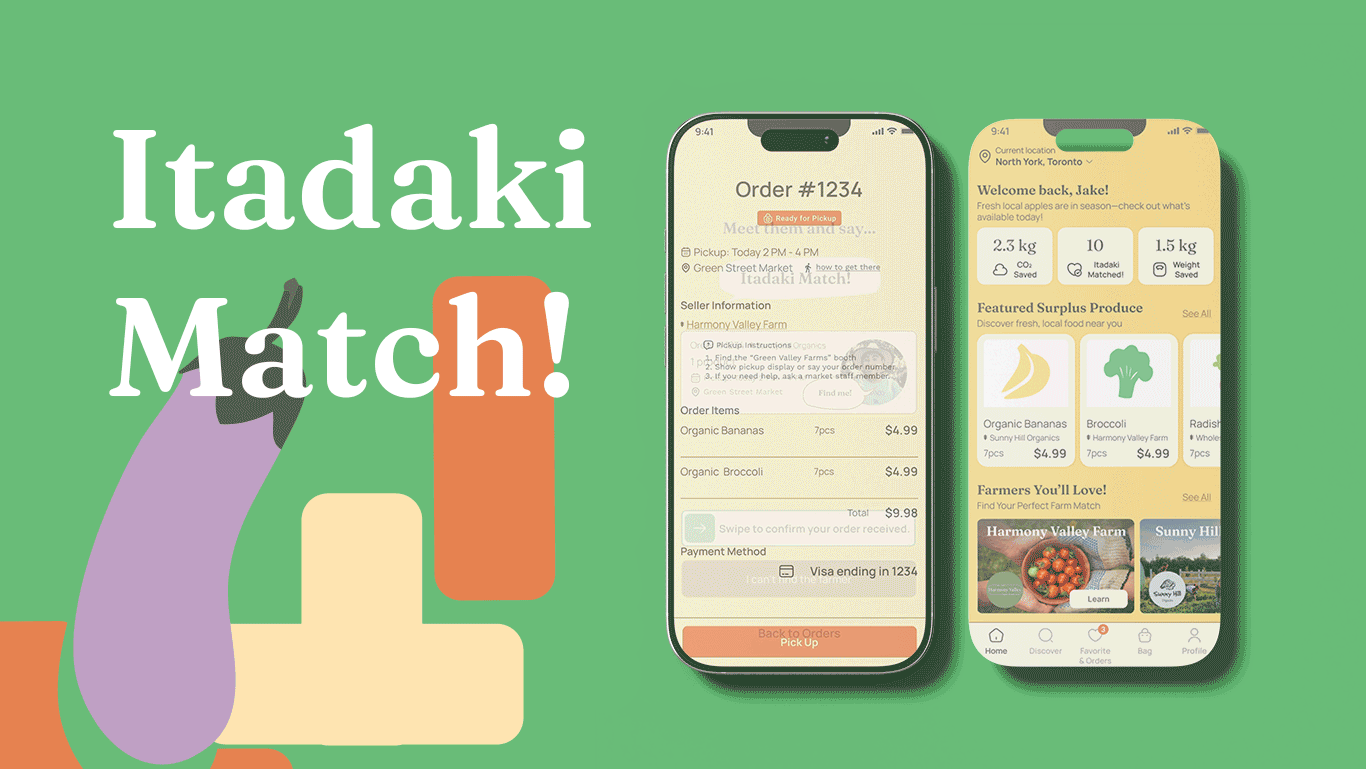
About
From Market Volunteer to UX Designer: Designing with Real-World Empathy
Itadaki Match is a mobile app designed to reduce food waste and foster stronger ties between Value-Driven Consumers and local farmers in Toronto. Inspired by the Japanese phrase “itadakimasu”—a word of gratitude said before meals—the app connects surplus produce, sustainability, and joyful interaction into one meaningful experience. Leveraging my 2-year volunteer experience at Toronto’s farmers’ markets, I created this app grounded in lived empathy and real community insights—ensuring every screen and interaction speaks to the needs of both farmers and consumers.
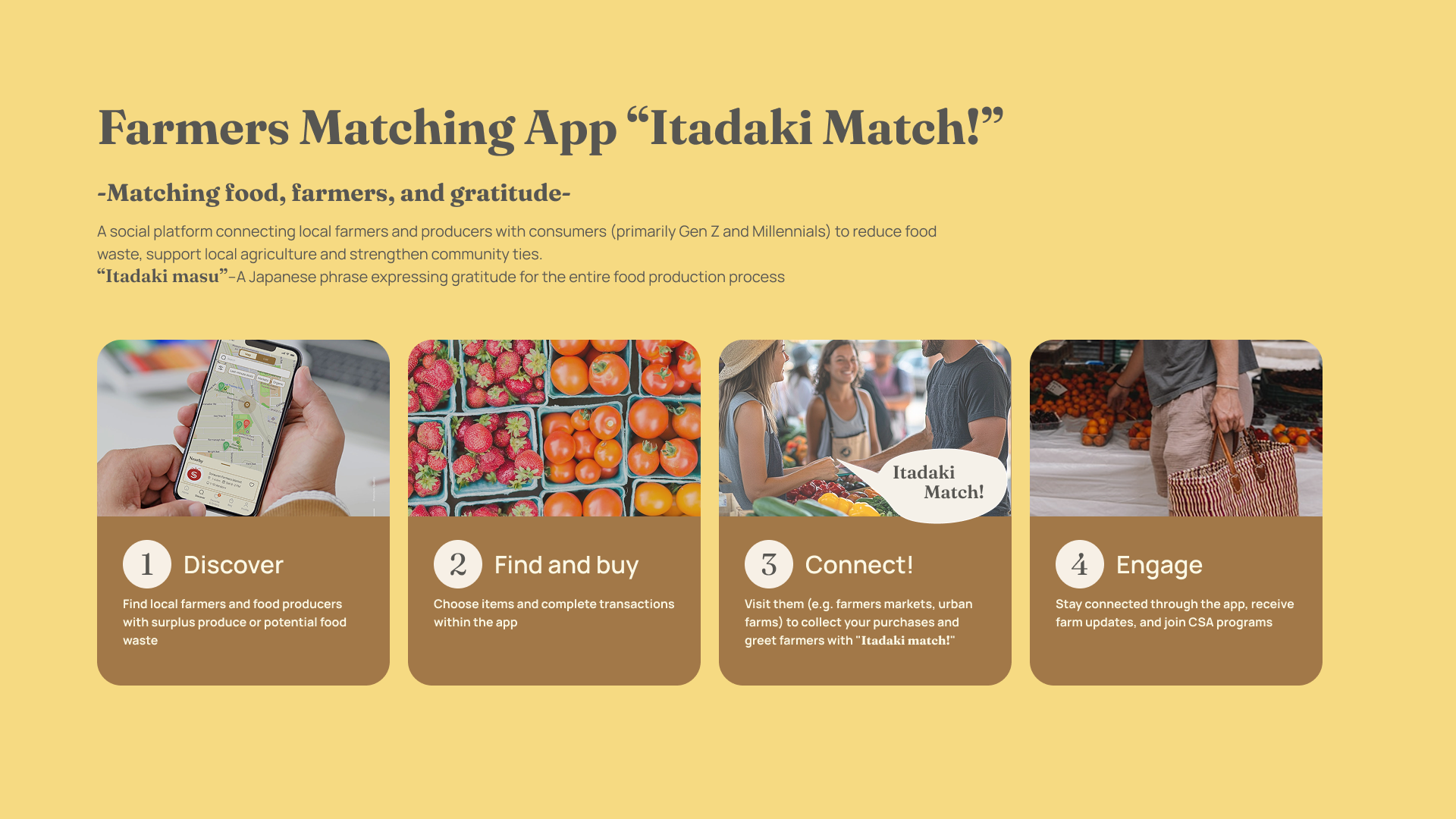
Project Highlights
- Concept development & product vision
- Brand identity creation (naming, visual tone, etc.)
- Field research & user survey (36 responses)
- Empathy mapping & persona creation
- UX strategy & user flow mapping
- Wireframing (low–high fidelity)
- UI design & interaction prototype (with animations)
- Usability testing with target demographic
- Real-world app comparisons & field trials
- Iterative design updates based on feedback
Challenge
Designing for Social Impact in Urban Food Systems
How might we connect surplus food from small-scale farmers to urban consumers in a way that is sustainable, joyful, and mutually beneficial?
Target Audience
- Eco-conscious Consumers (Gen Z & Millennials): Aged 20–40, living in urban Toronto, actively seeking sustainable shopping options.
- Farmers’ Market Visitors (Age 35–55): Health-focused and community-oriented consumers.
- Farmers (Small to Mid-Sized): Passionate about reducing waste and increasing accessibility to their produce.
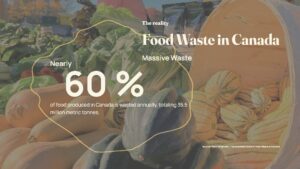
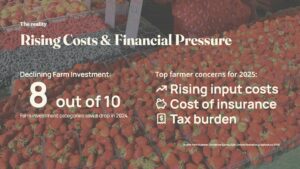

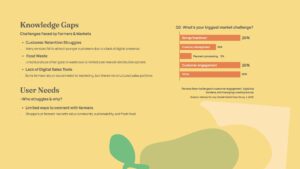
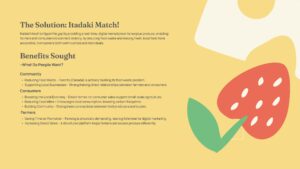
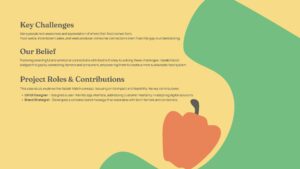
My Role
- UX/UI Designer: Led wireframing, prototyping, and user flow strategy
- Researcher: Conducted on-site fieldwork and a 36-response user survey at Toronto farmers’ markets.
- Brand Designer: Developed a visual identity inspired by the concept of gratitude and shared food experiences
Design Goals
User-Centric & Empathetic
- Conducted on-site observations and surveys at real Toronto markets
- Tested prototypes directly with target users (ages 20–25) and refined through immediate observation
- Gained insight by using competitors’ apps (FoodHero, Too Good To Go) to uncover UX gaps
Joyful & Experience-Oriented
- Designed around the theme of “Itadaki Masu”, promoting gratitude and human connection
- Built a UI with playful illustrations, soft rounded typography, and vibrant yet calming colors
- Included delightful micro-interactions (e.g., “Itadaki Match!” audio cue at pickup) to reward user actions
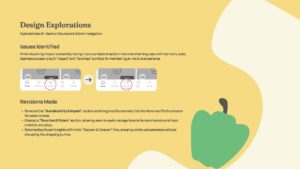

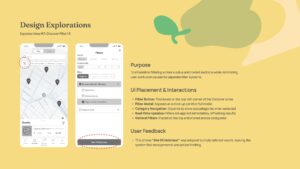
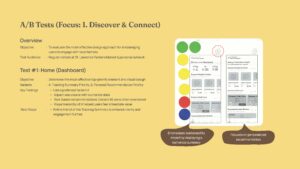
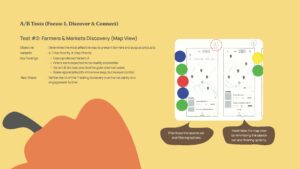
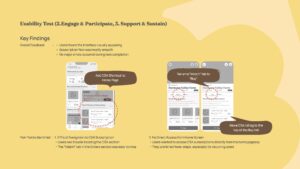

Design Solutions
Bottom Navigation for Intuitive Exploration
Reorganized main tasks into three clear paths:
- Discover & Connect
- Engage & Participate
- Support & Sustain
Matching System for Real-Time Discovery
- Geolocation map with filterable surplus listings
- Visual cues for availability, freshness, and farmer updates
- Real-time “matches” encourage spontaneous but intentional action
Favorites & Orders: A Central Hub for Relationship-Building
- Consolidated order history, CSA subscriptions, and messages in one clean UI
- Created options to edit subscriptions, reorder past items, and track impact stats
Pickup Experience Redesign
- Addressed real-world anxiety from user testing & trialing FoodHero
- Added clear pickup instructions, farmer photo/info, and product condition alerts
- Integrated swipe confirmation + “Itadaki Match!” sound cue for a satisfying close
Post-Pickup Sharing & Social Integration
- Sharing encouraged after pickup, when users feel most connected
- Users can post photos and stories using #ItadakiMatch
- Personalized thank-you messages from farmers strengthen community feeling
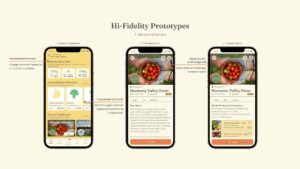
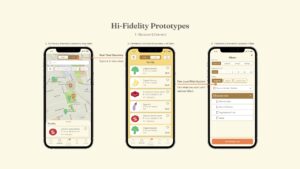
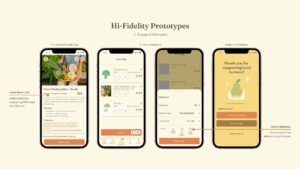
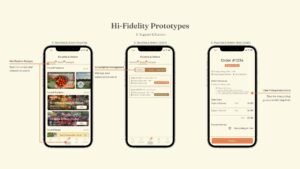
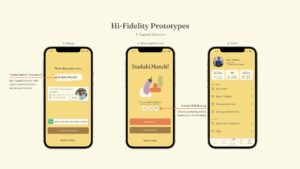
Outcome
Conceptual Product Realization & Community Value
Itadaki Match bridges the digital and physical world to create a joyful, human-first solution for food waste reduction. By blending empathy-driven research, playful branding, and thoughtful UX, the app redefines how local communities interact with food—and with each other.

















